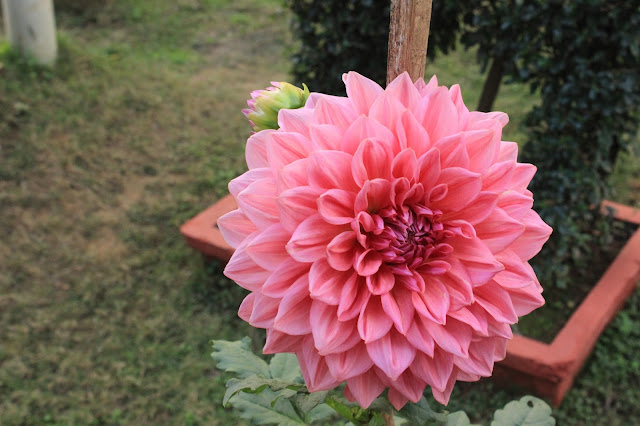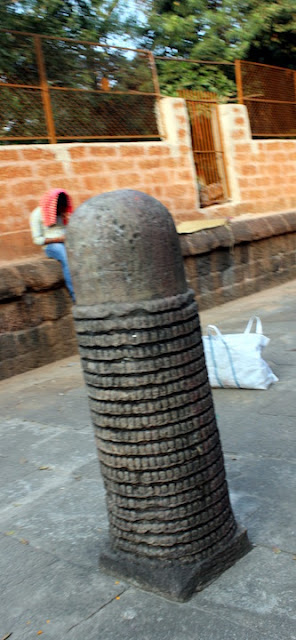Bhubhaneshwar, my trip in a nutshell - a jist of all that I did while in Odisha
When I planned my trip to Bhubaneshwar, I knew there were a whole bunch of places I wanted to visit. And then there was one more that caught my eye- The Museum of Tribal Arts & Artefacts [which had been established way back in 1953]. I spoke to a couple of people who have been to this town, but none knew of this nor had they been there. Anyways, the day before I left town, I had a few hours in the evening and that morning I had spent a few hours at the State Museum. The evening I decided to check this Museum of Tribal Arts & Artefacts, but then by the time I left the hotel and found an auto it was nearly 5pm, and I had read that this place shuts at 6pm. Hoping an hour was enough, I rushed into the gates, and on towards the main building.
When I planned my trip to Bhubaneshwar, I knew there were a whole bunch of places I wanted to visit. And then there was one more that caught my eye- The Museum of Tribal Arts & Artefacts [which had been established way back in 1953]. I spoke to a couple of people who have been to this town, but none knew of this nor had they been there. Anyways, the day before I left town, I had a few hours in the evening and that morning I had spent a few hours at the State Museum. The evening I decided to check this Museum of Tribal Arts & Artefacts, but then by the time I left the hotel and found an auto it was nearly 5pm, and I had read that this place shuts at 6pm. Hoping an hour was enough, I rushed into the gates, and on towards the main building.
There were two buildings near the gate, but they looked like they had shut for the day. I later came to know one was a shop and the other a cafe.. Oh well!!
The main museum was beautiful, the art and craft pieces were organised across the various rooms, and the entry/exit points was well thought of. We were not allowed to take photographs and so I walked around, enjoying the display. Some of the words were similar to what we have in tamil, like Katri was a sharp tool here, while in tamil it means scissors.. There was also a section where a small painting session was going on. Traditional costumes such as the ringa of the Bonda tribe, phute sari of the Santhals and gatungkap of Lanjia Saora can be seen at the museum.
Through the museum, I came to know that there are over 60 different Tribes in Odisha, and each had distinct art, craft, clothing style, traditions and food. The museum also exhibits the huts of the Orissa tribes namely Santal, Juang, Gadaba, Saora and Kondh. Each hut is built along with their arts and artifacts, and household appliances...
The area leading to/around the museum and around is beautifully landscaped and the flowers were in full bloom. It was quite a sight.. Here are a few photographs from the campus..




























